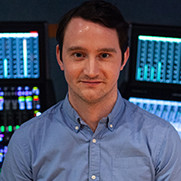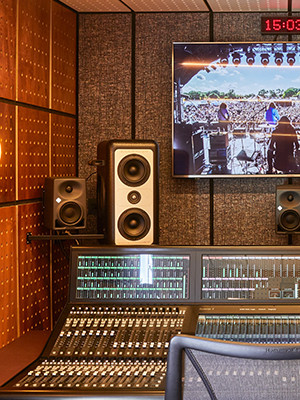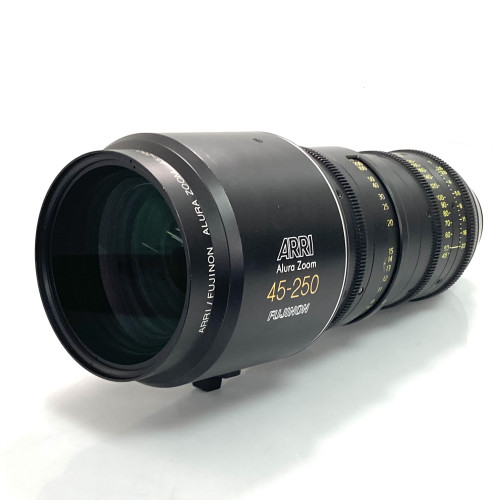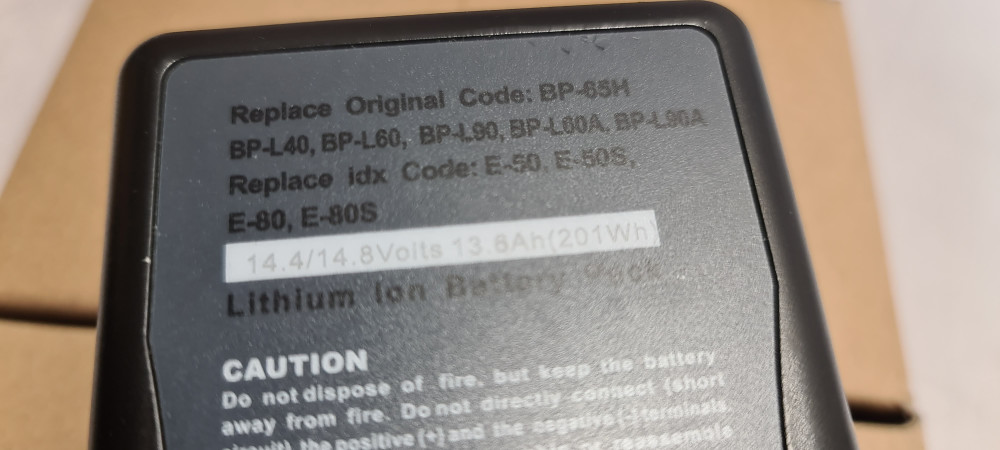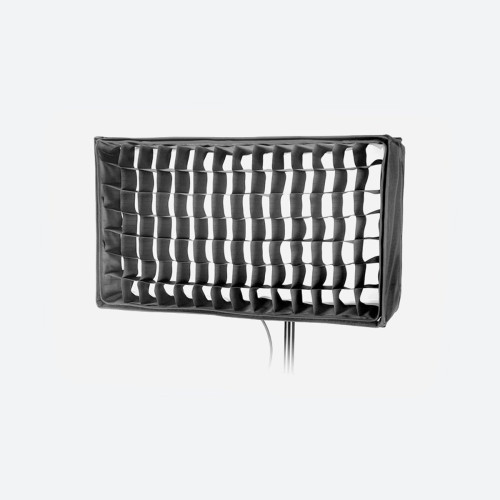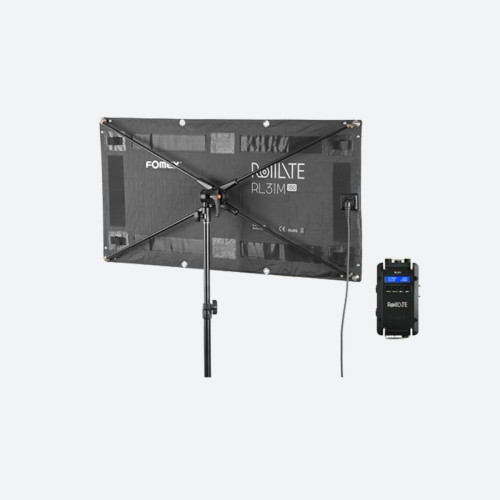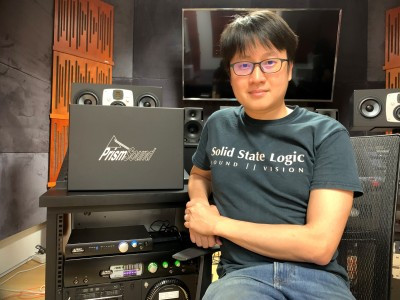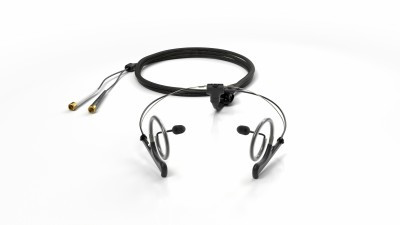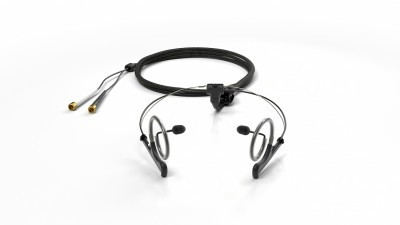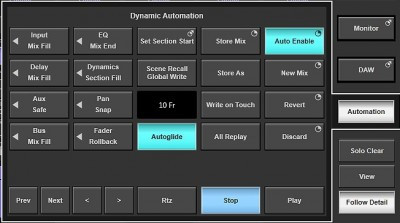Large-scale entertainment programming presents a unique set of challenges for broadcasters. Often extremely high-profile keystones of a broadcaster’s schedule and increasingly billed as live ‘event television’, as well as delivering the very best audio quality they demand a huge degree of flexibility and agility in terms of their production. With music being such a core component of their appeal to growing audiences, in both linear broadcast and online, nowhere is that more important than their audio production systems.
There are multiple challenges that audio production for large-scale entertainment has to face. It has to deal with quick turnarounds, a wide breadth of differing requirements that run all the way from solo performers to full orchestras, changes made on the fly as running orders evolve, increasingly networked production environments, and be able to keep up with the very latest audio requirements such as immersive formats. And it has to deliver all this in pristine audio quality and with the ergonomics and ease of use that leading professionals have come to expect from their equipment.
Solid State Logic System T is an IP native broadcast audio production environment, offering new ways to combine multiple control interfaces, consoles, processors cores and I/O devices. All audio routing and processing is handled by Tempest Engine processor(s), using SSL’s patented Optimal Core technology with full control of routing directly from the console. SSL has over four decades of console and audio processing design legacy with many of the hardware & software control surface and audio processing concepts taken as standard today, having first appeared on an SSL. System T takes this DNA and creates a broadcast specific set of console interfaces, I/O and audio processing which addresses the needs of large-scale entertainment production, offering the feature-set and agility required on a technical level, but also the pristine audio processing required on a sonic level.
Meeting the challenges
Music lies at the heart of large-scale broadcast entertainment shows, which means the audio production set-up has to respond to a dynamic set of requirements. What’s more, these acts can be booked and/or changed last minute, making guesstimating how many channels/buses might be required before a production run difficult. System T’s flexible Tempest Engine DSP processing allows for all these changes to be undertaken on the fly without interrupting audio. On other consoles, often bus paths will have limited processing available, or there’s a tradeoff between numbers of channels and amounts of processing available. All System T’s path types are fully processed, meaning you can respond to whatever is thrown at you.
Accommodating effects
Where there is music, there is effects processing and when dealing with music programming, the effects, dynamic and EQ processing must be up to the task. This is particularly important when the audience have a pre-conceived idea of how the music should sound.
System T FX rack is a comprehensive set of SSL’s acclaimed studio quality signal processors and broadcast tools. The FX rack includes true studio quality tone and dynamic shaping via SSL Bus Compressor, Channel EQs and Compressors offer ‘legacy’ curves and characteristics if the operator requires it. In addition to the renowned SSL dynamic and EQ processing, reverbs, room simulations, ambience processing, dialogue noise reduction, signal generation and analysis tools are also available in the FX rack.
Unlike other consoles on the market, all Solid State Logic effects are included as standard as part of System T’s in-built FX Rack rather than outboard or only available as a separate cost option. What’s more, they are processed using a separate pool of DSP so they have no impact on System T’s ability to fully process up to 800 channels at a time, offer ultra-low latency and are built from a legacy of helping engineers create hit records.
Immersive audio & more
High-profile entertainment programming is one of the most likely genres to demand an immersive mix alongside as part of a general push towards new formats including UHD HDR. Everything required to output up to 7.1.4 alongside the standard stereo and 5.1 mixes is already onboard without any major workflow changes required. Any channel or bus can be any of the available formats (up to 7.1.4), while 3-axis panning and downmixing capabilities are built in alongside advanced tools for manipulating spatial audio. The 360° Transcoder is an FX Rack plugin that enables users to connect a spatial audio mic directly to the console and it provides all the tools required tools to steer the incoming source to achieve the desired result.
And uniquely a Binaural Encoder allows for the creation of immersive audio via two channels, which is in increasing demand given the growth of listening via mobile devices.
Integration
Interoperability it key in fast-paced entertainment production, System T’s Event Manager function allows for many connection possibilities, whether that be GPIO, MIDI, or virtual GPIO, allowing for easy integration with external systems. ‘From AFV setups with video switchers, to MIDI integration with buzzers, or custom console functionality driven by external actions, System T can integrate with your specific setup and workflow.
Real-world
To put all this together into a real-world usage case, consider a studio-based large-scale entertainment program involving multiple bands and being produced in Atmos or MPEG-H. The studio has a slung AMBEO mic, which can be used for audience and ambience in the height channels. The 360 degree Transcoder is used to manipulate the pickup from the AMBEO mic for each act, and these different settings can each be programmed into scenes. Using the rehearsal groups feature, the mix for each artist can be fine-tuned after the soundcheck has taken place and the extensive scene automation system can then be updated.
Each artist can use a dedicated signal switcher for their main and redundant playback machines, the internal effects engine reduces the need for outboard gear, Automix can be used for chat sections in the show and Event Manager allows integration with external equipment through GPIO or MIDI. And all this is above and beyond the large amount of processing available to every channel and the flexible path processing order that is a feature of System T.



